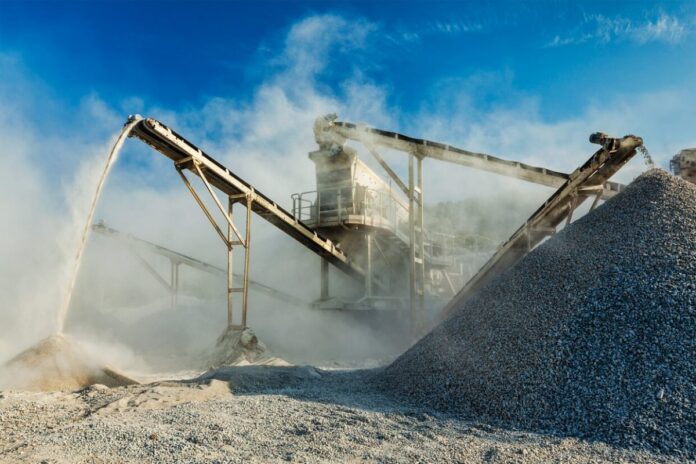
Dust may seem like a small issue, but in industrial, agricultural, and construction settings, it can quickly become a major challenge. Tiny airborne particles are more than just a nuisance; they pose significant risks to health, safety, and the environment. That’s where dust suppression comes into play. By controlling and reducing the spread of dust, organizations not only improve air quality but also ensure compliance with regulations and protect both workers and the community.
Table of Contents
Why Dust Control Matters
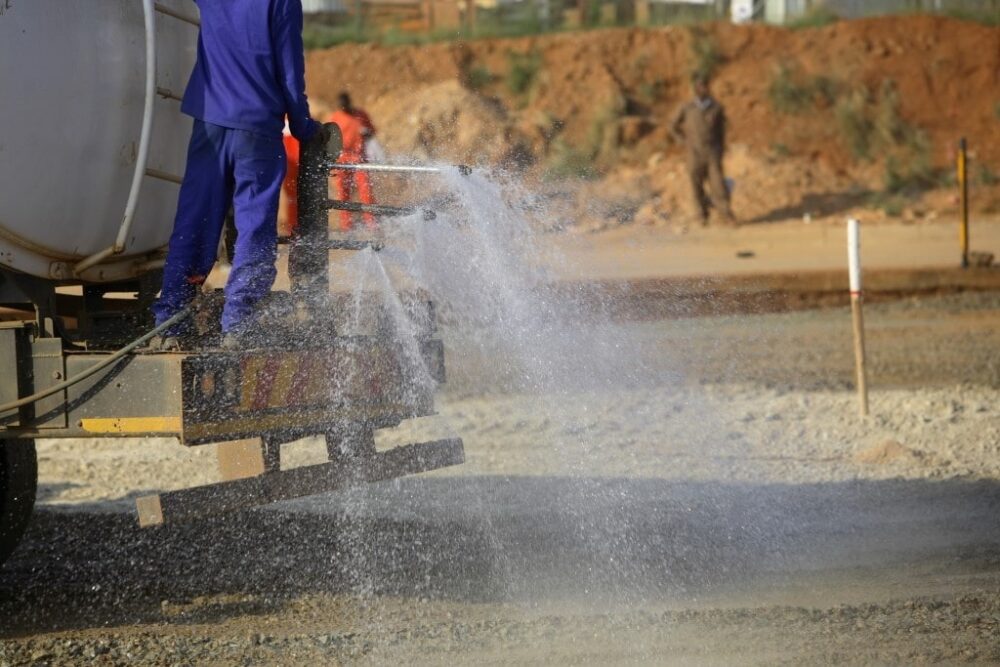
Dust is generated in many ways—through mining, demolition, unpaved roads, construction sites, or even during material handling in factories. While dust may appear harmless, the reality is quite different. Prolonged exposure to fine particles can contribute to respiratory diseases such as asthma, silicosis, and chronic obstructive pulmonary disease (COPD). In addition, visibility issues caused by excessive dust clouds can lead to accidents on worksites or nearby roads.
From an environmental perspective, airborne particles may contaminate soil, disrupt ecosystems, and even affect water sources when they settle. For these reasons, dust suppression strategies have become essential in industries that deal with heavy dust generation.
Methods of Dust Suppression
There is no one-size-fits-all approach to dust control. The method chosen depends on the type of dust, the environment, and the scale of operations. Some of the most widely used techniques include:
Water-Based Solutions
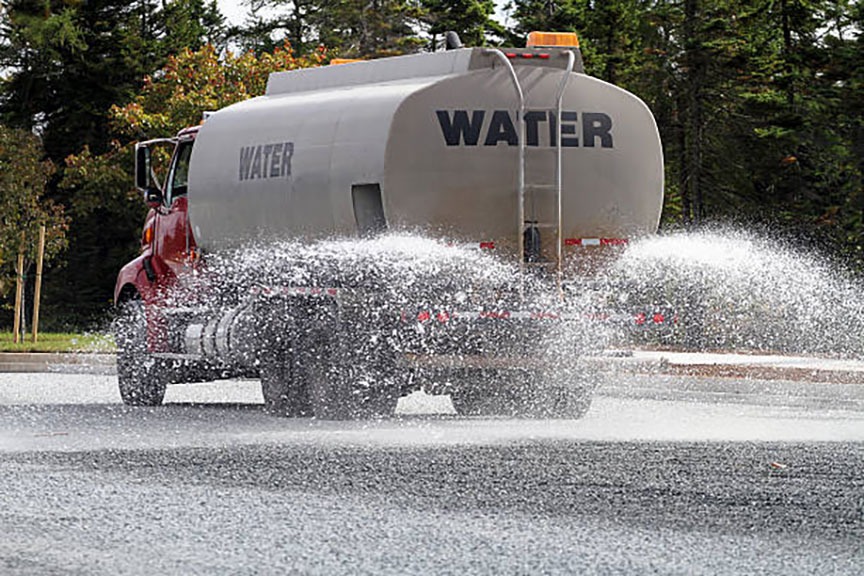
Spraying water directly onto dusty surfaces is one of the simplest and most common dust control methods. Water binds dust particles, preventing them from becoming airborne. However, this method is temporary and often requires frequent reapplication, especially in dry or windy conditions.
Chemical Suppressants
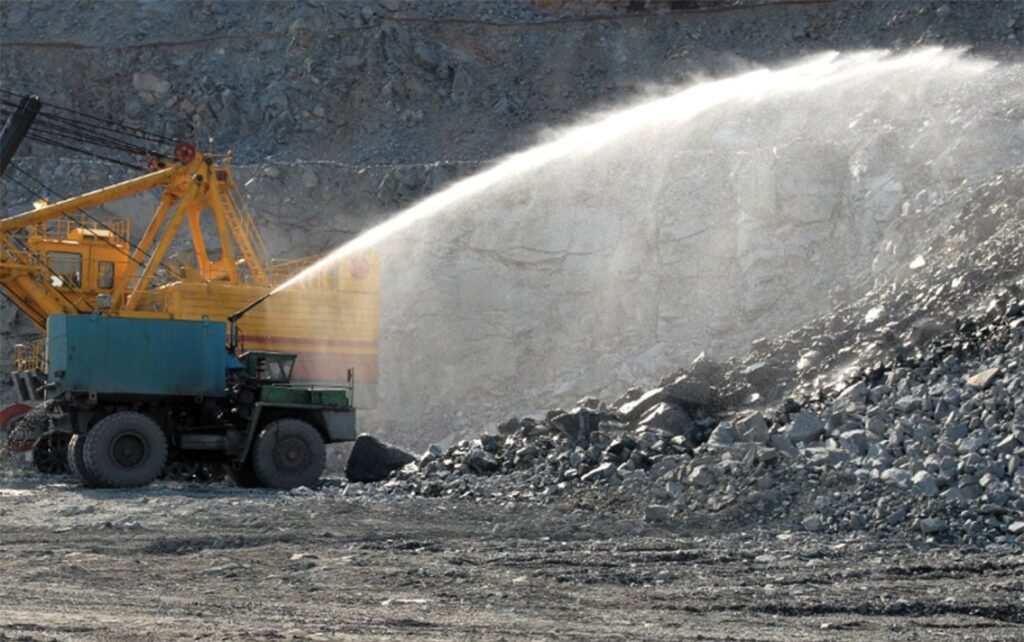
Certain industries use chemical dust suppressants that create a thin film or crust over surfaces. These suppressants are designed to hold particles together, reducing the risk of dust release. While effective, they must be carefully chosen to avoid harmful side effects on the environment.
Mechanical Controls
Barriers, enclosures, and ventilation systems can physically reduce the spread of dust. For example, conveyor belts may be covered, or specific machinery may be fitted with dust extraction systems. These approaches are especially useful in manufacturing facilities where dust is generated continuously.
Surface Stabilization
In agricultural fields or unpaved roads, stabilizing the surface using polymers or natural fibers can help prevent dust from being disturbed. This method is particularly useful for large, open areas where spraying water may not be practical.
Health and Safety Benefits
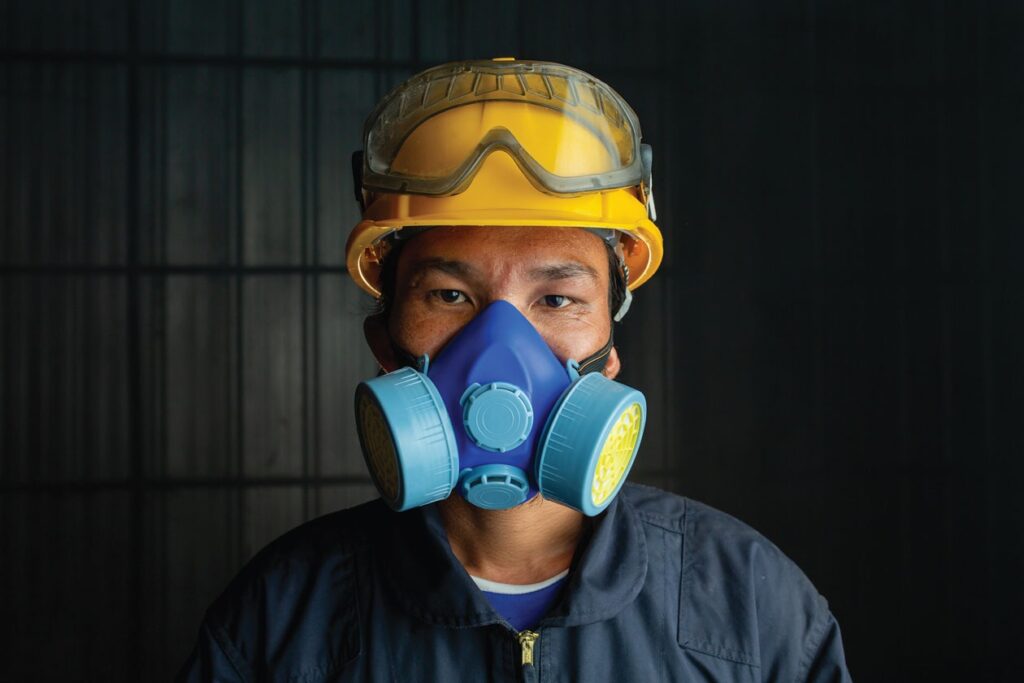
Implementing dust control measures is not just about compliance—it directly impacts the health and safety of workers. By reducing airborne particles, employers lower the risk of respiratory diseases and skin irritation. Cleaner air also improves visibility, reducing the chances of workplace accidents.
In addition, controlling dust contributes to overall employee well-being. Workers in environments with minimal dust exposure report higher satisfaction and productivity levels, as they are less likely to suffer from fatigue and breathing difficulties.
Environmental and Community Considerations
Dust is not confined to work sites. Without proper management, it can drift into nearby communities, causing air pollution and discomfort for residents. Farmers, for instance, may see their crops damaged by excessive dust settling on leaves, reducing photosynthesis and crop yield.
On a broader scale, dust can also play a role in climate issues. Large amounts of airborne particles may interfere with atmospheric processes, influencing weather patterns. Therefore, dust suppression methods benefit not just workers and industries but also surrounding communities and the environment at large.
Regulatory Compliance

Governments and environmental agencies across the world have set strict guidelines regarding dust emissions. Failure to meet these standards can result in fines, lawsuits, and reputational damage. Companies that prioritize dust suppression show commitment to sustainability and social responsibility while avoiding costly penalties.
Many businesses now view dust control as part of their corporate responsibility strategy. By proactively addressing dust emissions, they demonstrate care for both their workforce and the environment.
Modern Innovations in Dust Suppression
Technology continues to advance the way we deal with airborne particles. Modern systems include automated water cannons that can be programmed to target dusty areas, and smart sensors that monitor air quality in real time. These solutions ensure dust control is more efficient and less resource-intensive than traditional methods.
New environmentally friendly suppressants are also being developed to minimize ecological impacts. These biodegradable products allow industries to balance operational efficiency with sustainability goals.
Conclusion
Dust is more than just a minor inconvenience—it has significant health, safety, and environmental implications. Effective dust control strategies are vital across industries to protect workers, support community well-being, and maintain regulatory compliance. With a range of traditional and modern approaches available, organizations can choose the method that best fits their operational needs.
To learn more about the methods and technologies avaiable, explore solutions in dust suppression. By investing in proper control measures, industries create safer workplaces, protect the environment, and build stronger community relations.




